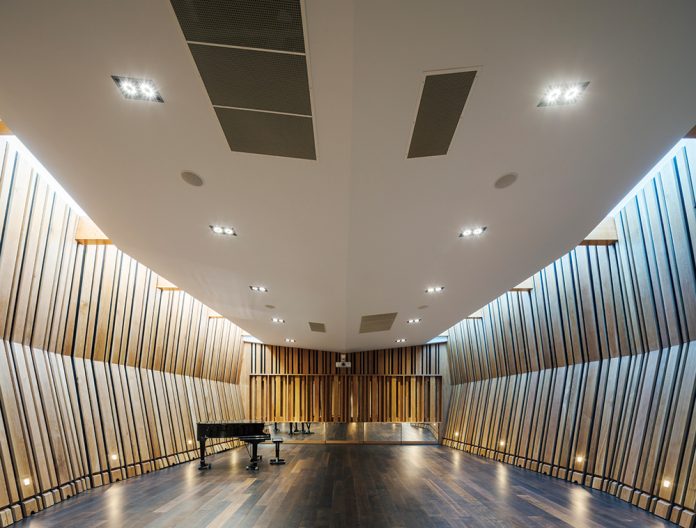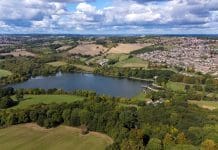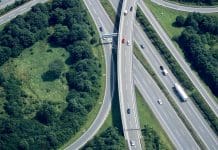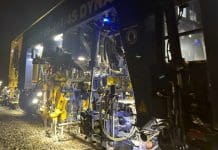TRADA’s ‘Procuring engineered timber buildings – a client’s guide‘ is a collection of realistic, frequently asked questions and answers intended for developers who are considering engineered timber solutions for the structure of their building
When engineered timber is used for the primary structure of a building, it can compete with the strength and stability of other methods of building, including reinforced concrete, masonry and steel. Certainly, the case for timber structures is significant, considering their enhanced ability to sequester carbon dioxide and superior environmental benefits.
Timber structures may require alternative approaches to construction. While these methods produce attractive, durable and highly energy-efficient buildings, developers might be discouraged for reasons such as a lack of familiarity or working knowledge – and specifiers must advocate for its use.
Developed in consultation with ten highly experienced TRADA members, it attempts to demystify crucial areas of interest, including cost and value, and provides pertinent guidance on fire, moisture and acoustics – all of which will impact upon a developer’s decision to choose an engineered timber structure over another form of construction.
The guide is also a useful aid to specifiers engaging with clients on the use of timber. Simply download the document and share with clients when they are initially considering the use of engineered timber. Both suggestions for further reading and prompts for further consideration are provided throughout, enabling the client to make an independent, informed decision.
Contents:
- Engineered timber
- Cost and value
- Insurance
- Programme and speed
- Technical design parameters
- Knowledge, skills, competence and experience
- Supply
- Planning
- Maintenance, durability, service life, and adaptability
- Sustainability and wellness
- Marketability and reputation
TRADA’s Jacquie Shanahan, says: “Procuring engineered timber buildings – a client’s guide is an attempt to bridge the gap to clients who might be struggling to find the necessary information to make independent decisions around using timber.
“While we want people to use more engineered timber, for all its holistic and environmental benefits, we also want people to return to timber again and again – with confidence that it’s the right material for their project.”








![[VIDEO] Cambridge waste water plant granted permission to relocate Artist impression of the new Cambridge waste water plant and surrounding land](https://www.pbctoday.co.uk/news/wp-content/uploads/2025/04/p.151-768x364-1-218x150.jpg)





